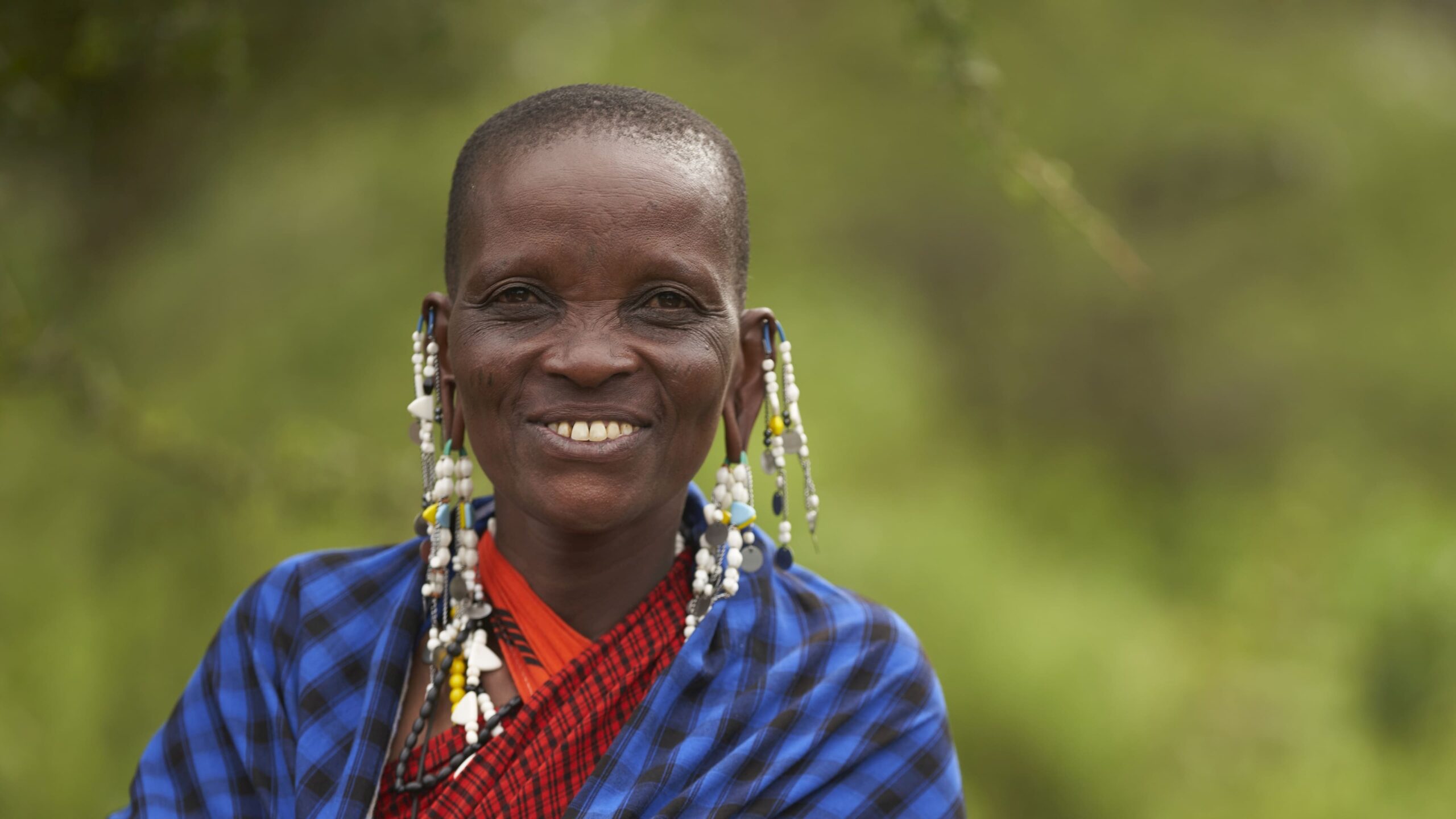
Afrikaans, a language spoken predominantly in South Africa and Namibia, stands out as one of the youngest languages in the world. Emerging in the 17th century, Afrikaans evolved from Dutch, blending influences from various cultures and languages over the centuries.
Origins and Evolution
Afrikaans traces its roots to the Dutch settlers who arrived at the Cape of Good Hope in the mid-1600s. As these settlers interacted with indigenous Khoisan peoples, enslaved Africans, and Asian laborers, their Dutch language began to absorb elements from these diverse groups. This linguistic evolution created a unique creole language, distinct from its Dutch ancestor.
By the 19th century, Afrikaans had diverged significantly from Dutch, developing its own grammar, vocabulary, and pronunciation. It was initially considered a lower-class dialect, but as the Afrikaner identity solidified, efforts were made to formalize and standardize Afrikaans. In 1925, Afrikaans was recognized as an official language of South Africa, replacing Dutch.
Cultural Significance
Today, Afrikaans is spoken by around 7 million people as a first language and by many others as a second language. It is not only a means of communication but also a symbol of cultural identity for the Afrikaner people. Afrikaans literature, music, and theater have flourished, contributing richly to the cultural tapestry of South Africa and Namibia.
Linguistic Features
Afrikaans is known for its relatively simple grammar compared to other Germanic languages. It has a straightforward conjugation system, no gendered nouns, and a vocabulary that includes words from Malay, Portuguese, Bantu languages, and Khoisan languages, reflecting its diverse influences.
Current Status and Challenges
While Afrikaans continues to thrive, it faces challenges in the modern era. Post-apartheid South Africa’s linguistic landscape has become increasingly multilingual, with 11 official languages. English, in particular, has gained dominance in business, education, and media. As a result, Afrikaans speakers often navigate a bilingual or multilingual environment.
Efforts to preserve and promote Afrikaans are ongoing. Educational institutions, media outlets, and cultural organizations play crucial roles in ensuring that Afrikaans remains vibrant. Additionally, the language’s adaptability and rich cultural heritage provide a strong foundation for its continued relevance.
Afrikaans, with its unique origins and evolution, is a testament to the dynamic nature of language. From its beginnings as a Dutch dialect to its status as a symbol of cultural identity, Afrikaans embodies the history and diversity of its speakers. As one of the youngest languages in the world, it continues to adapt and thrive in a rapidly changing world.
